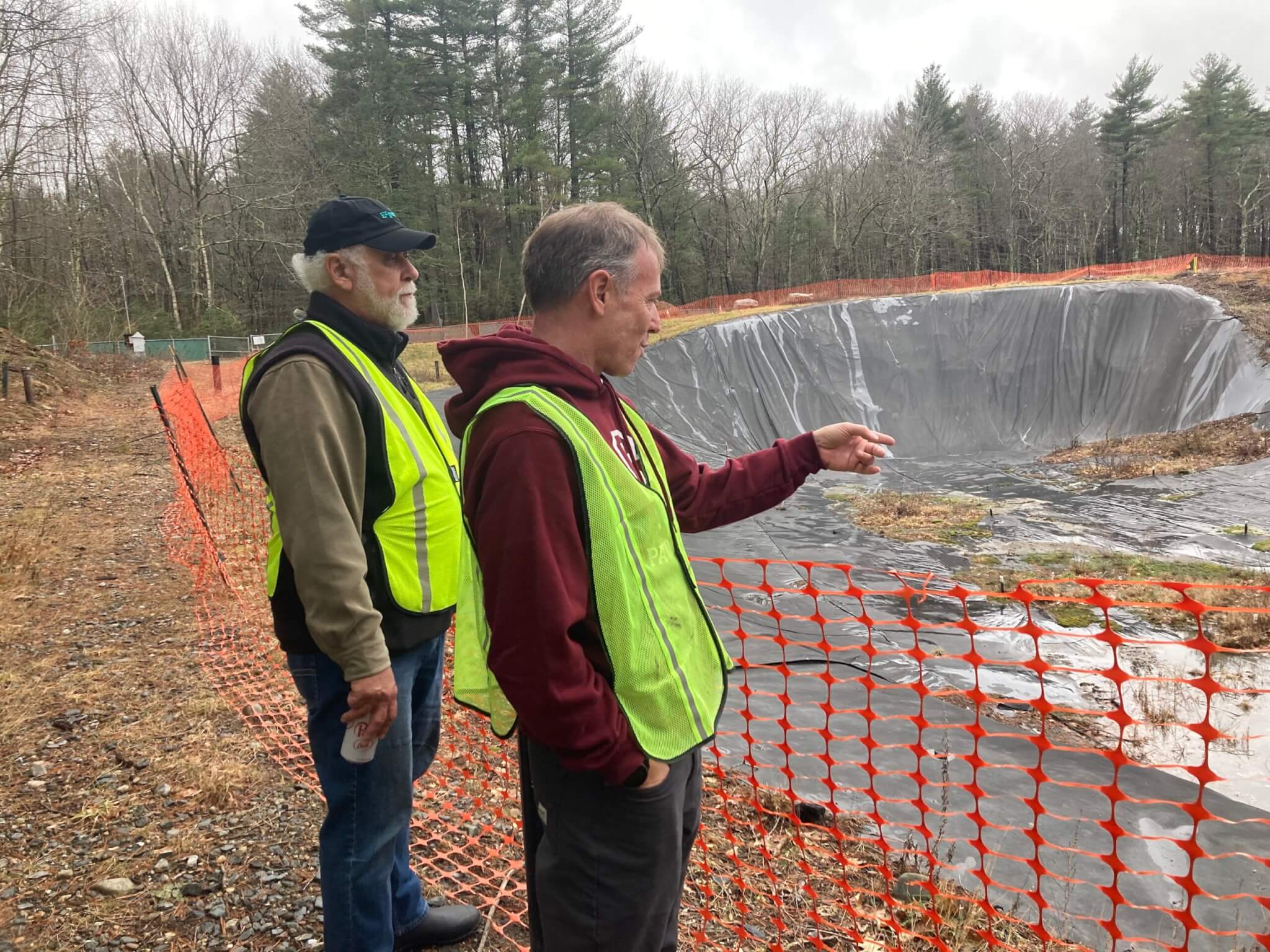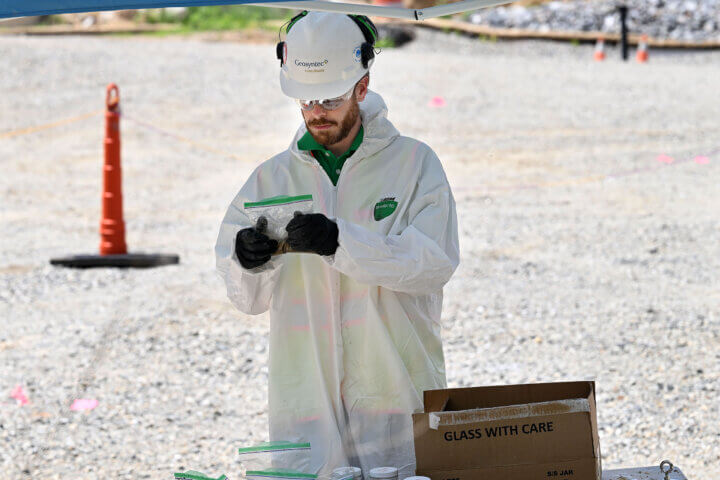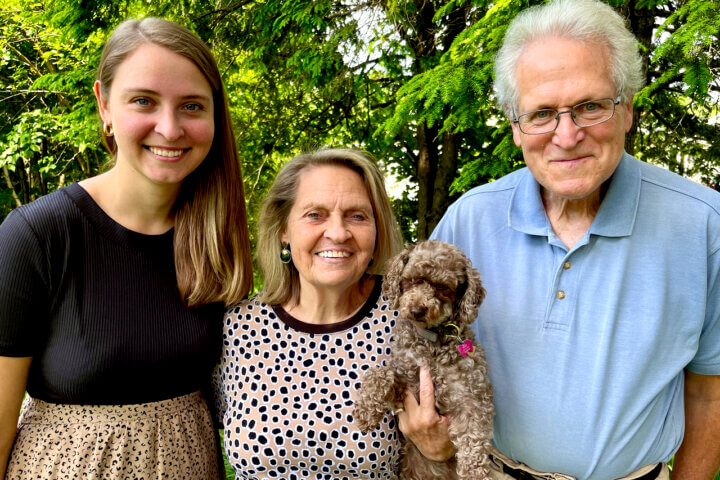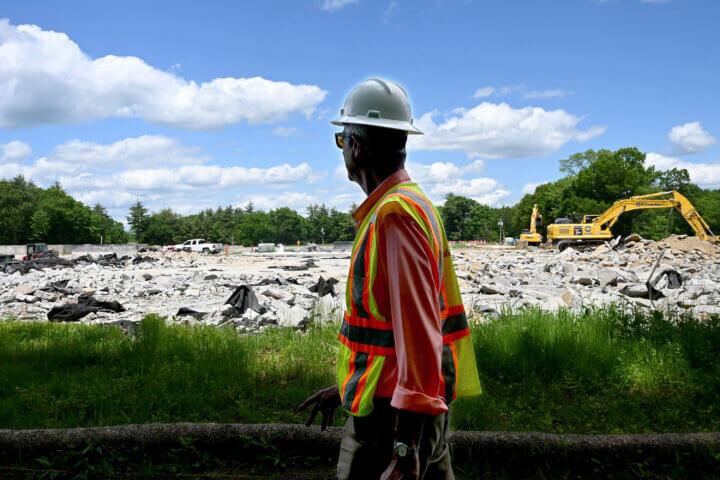Is it possible to turn a Superfund site into a super-fun site?
While that’s not the exact question before the town, the future of the former Nuclear Metals/Starmet property at 2229 Main Street is very much a question that calls out for an answer. The multi-year $250,000,000 federally funded cleanup of the contaminated site is moving toward its final phase.
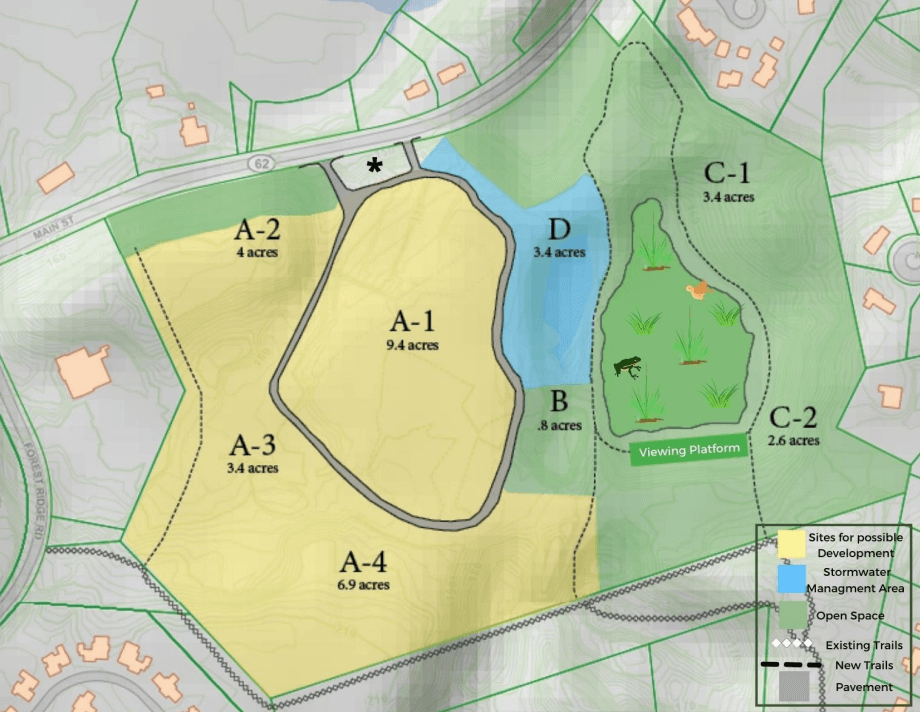
Although it will take another four to five years to complete the job, Paul Boehm and Gary Kleiman say that now is the time for town officials to take action. Boehm and Kleiman were members of the NMI/Starmet Re-Use Committee, which issued its report in April 2021.
The first step would be for the town to acquire the site. “The EPA would like the town to acquire the site at little or no risk or cost,” said Boehm.
“It’s a pathway for the town to determine what happens,” added Kleiman. If the town acquires the site in a timely fashion, the cost of infrastructure to support the town’s plan could be covered by the federal government as part of the cleanup.
Select Board member Terri Ackerman appreciates the financial benefits that could come with moving forward to acquire the property and is drafting a charge for a new Task Force to tackle the thorny issues related to site development.
“In making this decision, the Task Force and the Select Board will need to consider potential uses for the site as well as potential risk, liability, timing, institutional controls, liens and other legal matters.” said Ackerman.
Once constituted, the Task Force will make recommendations to the Select Board with a deadline yet to be determined. Ackerman expects that it’s likely that Town Meeting will have a say as well. A discussion regarding the Task Force’s charge is scheduled for the March 6 Select Board meeting.
To facilitate the planning process, the town has received a $20,000 State EPA grant which will look at successful re-development of other superfund sites. At NMI/Starmet, as Kleiman and Boehm point out, cleaning to the residential standard “enables use of the site for almost any possible future need.” While more than half of the 46-acre site will remain open space, other uses could include municipal facilities, commercial buildings, sustainable and affordable housing, recreation fields, and gardens.
While Kleiman and Boehm are comfortable with the scientific conclusion that the site will be perfectly safe, how to convey this message to a sometimes skeptical and risk-averse public will be a key component of any acquisition/development plan.
“The good news is that the cleanup has been so successful up to this point,” said Ackerman and expressed confidence that a redevelopment plan that benefits the community can be achieved.


